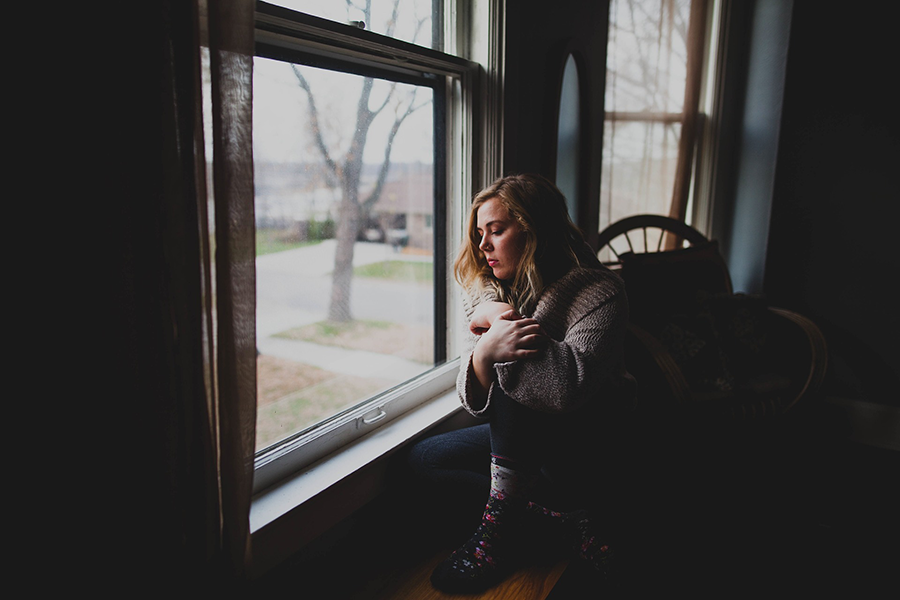The Case for Using a Restorative Justice Approach to Traffic Tickets
The province of British Columbia recently released an action plan to make our roads safer. Dubbed “Road Safety Strategy 2025“, the plan focuses on three pillars to enhance safe driving and to reduce driving related fatalities and injuries provincewide.
The announcement is well-timed. A number of serious traffic accidents in the Lower Mainland have recently captured public attention, causing many to question whether or not something needs to be done to increase safety and curb risky driving behaviours.

This plan has also been announced in the wake of initiatives to modernize the violation-ticket-dispute process. With ICBC recently launching an online platform to assist drivers in ticket disputes and creating a virtual space for traffic disputes to be heard, there appears to be a clear push toward revamping how traffic court functions.
The province says that these steps are required to help unburden our court systems. It should be cautious, however, not to remove due process in the interest of expediency.
Eroding the right to an in-person hearing could carry serious consequences for drivers in this province. Tickets often come with severe penalties for drivers, including monetary fines and penalty points, which can affect insurance and licensing status.
Doing away with in-person testimony and the ability to cross-examine witnesses could reduce access to justice and undermine basic rights. After all, drivers who are issued with infractions have a right to dispute the allegations in open court.
This leads one to question whether there are ways to simultaneously achieve the critical goals of enhancing road safety while also ensuring access to justice and reducing the strain on our court system.
Although it sounds like a near impossible juggling act, the concept of restorative justice could provide the solution that we are looking for.
Normally used in the context of criminal proceedings, restorative justice is an alternative to more traditional courtroom proceedings. It views crime as a violation of community and recognizes that crime hurts people.
It aims to restore those relationships through opportunities for accountability, understanding, dialogue, and healing. The practical benefit of using restorative justice has been well-documented and its popularity appears to be on the rise.
There is little reason why using similar techniques for traffic offences may not also yield favourable results.
Aside from the obvious benefits to participants such as avoiding penalty points and fines, restorative justice programs could take disputes out of our courtrooms and put them into the hands of participants.
Client Testimonials
Read more reviews from past clients:
Google Reviews or Lawyer Ratingz
Dealing with the Sarah Leamon Law Group was an absolute pleasure. They were friendly and efficient in communicating with me, and dealt with my case in a timely manner. They were thorough and meticulous in putting together a strong case that resulted in a WIN. Highly recommend their services.
K.R., Google Review
Sarah Leamon is amazing! She got back to me right away even though she was out of office! She not only jumped on my file quickly, she also got my prohibition reduced from 7 Months to 3 Months a BIG win in my eyes!!
Lawyer Ratingz Review
From my initial contact with Sarah, providing me with detailed information on next steps, to answering all my questions throughout the process and the representation (thank you, Hyemin!), the service offered by Sarah Leamon Law Group was top notch. Would highly recommend.
S.S., Google Review
Hyemin at Sarah leamon law group is a very respectful, kind, and bright lady. Their team was thorough with my case making the process less worrisome. Would recommend 10/10.
M., Google Review
Have had Sarah as my go-to for any and all my traffic issues. She is very compassionate and is excellent at explaining every part of the process and keeping your stress level way down. Multiple times ive hired Sarah and i am always completely confident she will get the best result, as she has done time and time again. wouldn't go anywhere else, definitely #1 in my eyes!
M.W., Google Review
Dealing with the Sarah Leamon Law Group was an absolute pleasure. They were friendly and efficient in communicating with me, and dealt with my case in a timely manner. They were thorough and meticulous in putting together a strong case that resulted in a WIN. Highly recommend their services.
K.R., Google Review
Sarah Leamon is amazing! She got back to me right away even though she was out of office! She not only jumped on my file quickly, she also got my prohibition reduced from 7 Months to 3 Months a BIG win in my eyes!!
Lawyer Ratingz Review
From my initial contact with Sarah, providing me with detailed information on next steps, to answering all my questions throughout the process and the representation (thank you, Hyemin!), the service offered by Sarah Leamon Law Group was top notch. Would highly recommend.
S.S., Google Review
Hyemin at Sarah leamon law group is a very respectful, kind, and bright lady. Their team was thorough with my case making the process less worrisome. Would recommend 10/10.
M., Google Review
Have had Sarah as my go-to for any and all my traffic issues. She is very compassionate and is excellent at explaining every part of the process and keeping your stress level way down. Multiple times ive hired Sarah and i am always completely confident she will get the best result, as she has done time and time again. wouldn't go anywhere else, definitely #1 in my eyes!
M.W., Google Review
Dealing with the Sarah Leamon Law Group was an absolute pleasure. They were friendly and efficient in communicating with me, and dealt with my case in a timely manner. They were thorough and meticulous in putting together a strong case that resulted in a WIN. Highly recommend their services.
K.R., Google Review
Sarah Leamon is amazing! She got back to me right away even though she was out of office! She not only jumped on my file quickly, she also got my prohibition reduced from 7 Months to 3 Months a BIG win in my eyes!!
Lawyer Ratingz Review
From my initial contact with Sarah, providing me with detailed information on next steps, to answering all my questions throughout the process and the representation (thank you, Hyemin!), the service offered by Sarah Leamon Law Group was top notch. Would highly recommend.
S.S., Google Review
Hyemin at Sarah leamon law group is a very respectful, kind, and bright lady. Their team was thorough with my case making the process less worrisome. Would recommend 10/10.
M., Google Review
Have had Sarah as my go-to for any and all my traffic issues. She is very compassionate and is excellent at explaining every part of the process and keeping your stress level way down. Multiple times ive hired Sarah and i am always completely confident she will get the best result, as she has done time and time again. wouldn't go anywhere else, definitely #1 in my eyes!
M.W., Google Review
This process could help drivers gain real insight into the issues that landed them there in the first place. Rather than engaging in an adversarial process resulting in punishment, drivers would be required to participate in their own rehabilitation.
In this way, restorative justice program can offer a greater opportunity for community building.
This, in turn, can lead to lower recidivism rates as participant take accountability, educate themselves and gain a deeper understanding of their importance of safe driving.
And the idea may not even be all that novel.
The Safe Driver Dialogue Circle is a little-known educational program that uses restorative-justice techniques to educate traffic offenders. It was first launched as a pilot project in December of 2017.
More than 30 drivers who had been issued distracted-driving tickets in B.C. took part. During their sessions together, the drivers participated in cognitive tests to demonstrate how simple tasks can become complicated as a result of being distracted.
They also heard personal stories about the grave effect that distracted driving can have and the carnage that that can result from it on our roadways.
According to reports, the results were resoundingly positive. So positive, in fact, that the Surrey RCMP decided to implement the program. Its version includes a sharing circle and volunteer community service hours.
In spite of its apparent success, however, the program remains grossly underused. The reason being that there appear to be a number of practical barriers to its success.
The first barrier is that all referrals to the Safe Driver Dialogue Circle must be made through the police.
This police-based referral system has likely acted as one of the biggest hurdles to the widespread implementation of the program. As a rule of thumb, police officers are often unwilling to explore parameters outside of their strictly defined mandates and routines.
Without support from upper management, many officers may either be unaware of the program’s availability or unwilling to make the referral altogether.
Setting practical criteria to participation and implementing an application-based system for drivers who qualify could help to resolve this issue and enhance the program’s reputation.
But this is not the only hurdle. Another practical barrier to the program’s success is that it is currently run by volunteers. Without an adequate volunteer base, the program is prone to understaffing and stalls in service.
The province may wish to consider funding the program more seriously and hiring a handful of staff members to provide oversight. This investment could very well pay for itself, as courtrooms become unburdened and drivers conduct themselves more responsibly on the roads, leading to a decrease in accidents.
So, while the idea of improving our roads and courtrooms through technology and a lofty three-pillared approach to safety may sound interesting, there may be a simpler, more effective answer already sitting right in front of us—restorative justice.




